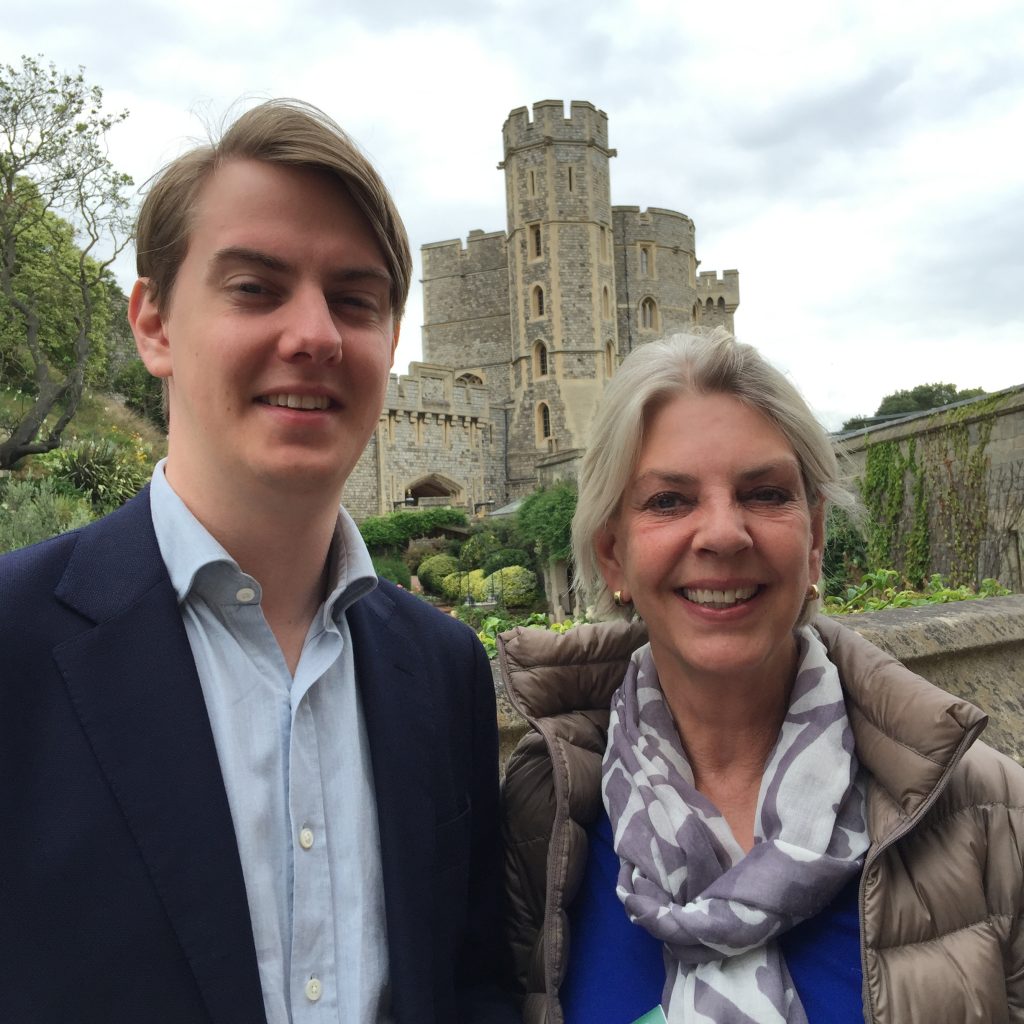
By Erika Raven and Atef Badji
Pia Maly Sundgren is this year’s ISMRM president leading up to the annual meeting taking place in Montreal. Pia’s research has always been patient oriented, with a focus on brain tumor imaging, autoimmune diseases, and pain conditions. Her background as an MD/PhD has shaped her views on research in the clinic, and the importance of the MD perspective within the broader community. After discussing the serious topics that occupy Pia professionally, we take a look at the lighter side of life in Sweden and all break for a “fika”.
MRMH: How did you first become involved with ISMRM and what led you to become this year’s ISMRM president?
Pia: Okay, the first part is easy. I was very lucky because the hospital at Lund University where I work, was one of the first places to get an MRI scanner in Sweden, and there I learned how to operate the MR scanner myself. Nowadays with all the different machines, it’s not that easy anymore, but I still try to keep my MR driving license and my MR safety card.
I had always wanted to do neuroradiology and it became obvious that MR had a unique potential compared to all other techniques at the time. I got interested in more the clinical aspects of MR to study specific diseases and specific cases to see what MR could add to the diagnosis, and then started going to the ISMRM meetings.
How I became president, I have no clue! I have served ISMRM by being committee member, APMC member and chair of the Neuro Table, served on the Board of Trustee during my years in ISMRM and made a lot of friends and colleagues over the years. I think ISMRM members and colleagues could see me as a reliable, hardworking and happy person and not somebody that was constantly complaining but actually trying to find solutions to problems. Still – it was a big surprise. Was I happy? Yes, very. Was I honored? Yes, deeply. I am very happy and deeply honored for being elected to the position as ISMRM President.
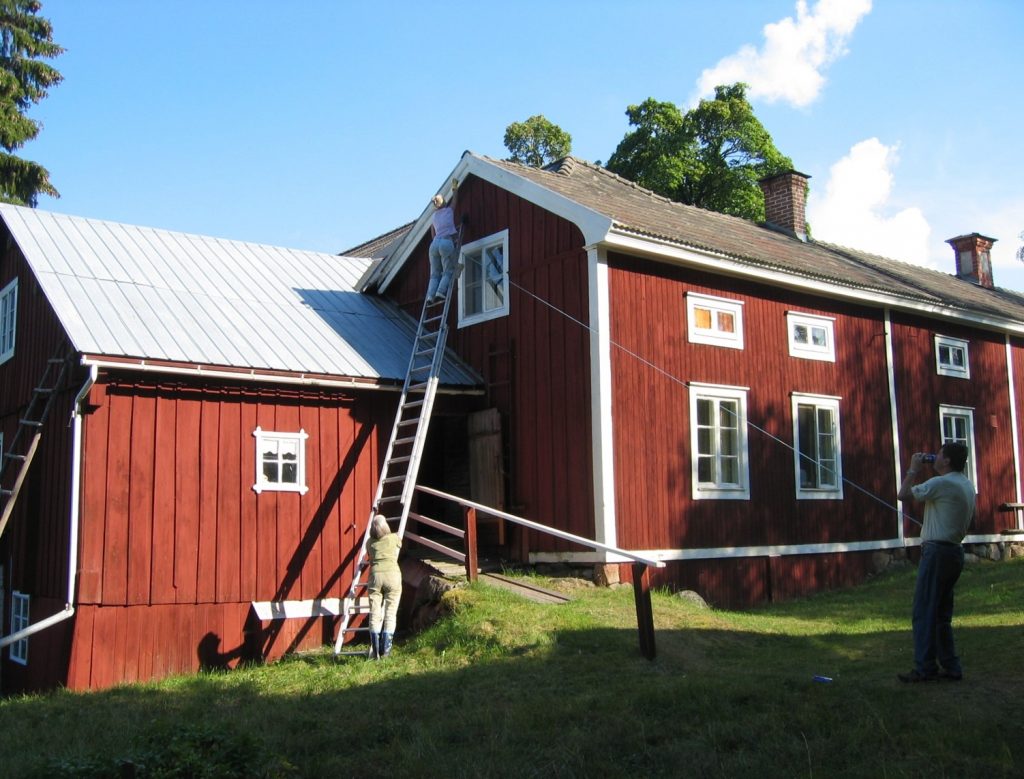
MRMH: It seems like having a track record of saying that you’ll do something and then actually doing it goes a long way and leads to people wanting to work with you!
Pia: Yes, maybe that’s why my PhD students like me.
MRMH: During a leadership panel at the Honolulu meeting in 2017, you said if someone opens the door for you – walk through it and do a good job. What is an example from your own walk? And did something inspire you to do this?
Pia: Well, I think I have had several opportunities. However, I remember especially one occasion when I was quite young, still a resident at the department of Radiology in Malmoe, which is part of the Lund University, given to me by Professor Torsten Almén. He gave me the opportunity at the time to go to the United States during my residency and I decided, okay, he opened the door, and I better do something good with this. I went and tried to do a good job so he would be proud when I came back.
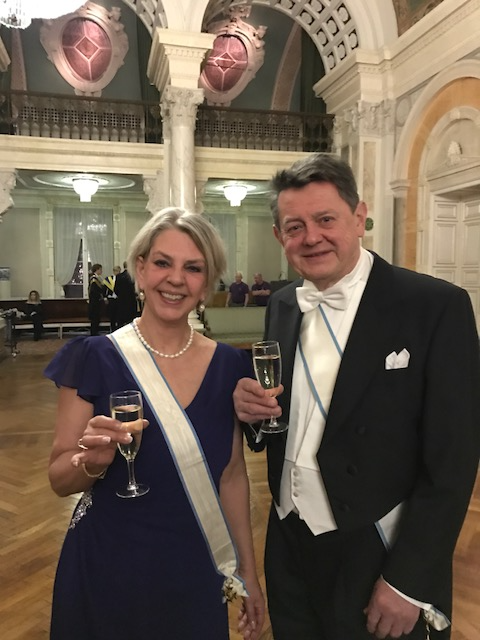
MRMH: Last year, there was much discussion about expanding diversity and inclusion initiatives at the ISMRM. What has resulted from these efforts in the short term and for years to come?
Pia: It opened up discussions about how difficult it is for women, in general, to make a career and how they are negatively treated. However, I believe that similar things are happening for the younger generation of men, so they need the same kind of support. We want to make both women and men feel welcome in the ISMRM community, regardless of their ethnic background, sexual preference, skin color or their educational level. As we are such broad international society, we have excellent opportunities to meet others, chat, cross the barriers and the boundaries as much as possible. If I am just sitting chatting with my equals or colleagues, what is the point of going to ISMRM?
MRMH: What changes at the leadership level demonstrate the commitment of the society to inclusivity?
Pia: First of all, Elisabeth Morris has been given the task to evaluate decisions made at the leadership level to make sure we are inclusive and diverse in terms of number of participants in a committee. This means participation should be proportional to the numbers of the society in terms of gender and geographic composition. This goes for all committees. The AMPC and Board of Trustees already select members from both within and outside North America. We always have, and I expect it will be even more diverse in the future. This is also true for the awards committee. We want the best person to the committees and the best awardee regardless of who she or he is, but at least the gender and the geographic balance among the nominees should be reasonably equal.
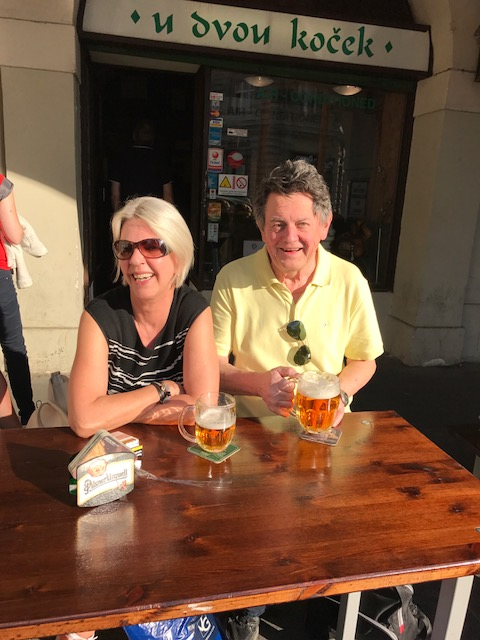
MRMH: That goes back to opening the doors that you were talking about.
Pia: I think everybody and especially more senior people have an important role to play to promote, support, and suggest new colleagues – basically opening the door. And if you get the chance – you have to walk through it. Certainly, if you do a good job, you will have a chance to continue. If you do not take the chance or do not perform that was up to you, but you have at least been given the chance.
Also, in the way the ISMRM program is put together, we try to minimize having speakers and moderators from the same place in the same session. Sometimes this is difficult, because maybe it’s a topic that is very specific and geographically oriented, but we should at least try to not have everybody coming from the same institution.
MRMH: Your research has been very patient oriented. From your experience what are some challenges with research in the clinical environment?
Pia: With the growing need for clinical studies and examinations, it is a challenge trying to create the time for research on the scanner. I’m lucky as it works very, very well in Lund – where actually you can run a couple of patients, then run a research study and then run patients again, and not just be told that, well, if you want to do research, you can do it after eight o’clock tonight or on Saturday and Sunday.
MRMH: You mentioned that one of your goals as ISMRM president is to increase the number of physician members of the ISMRM community. Why is this so important for you?
Pia: I’m worried about seeing the decreasing number of MDs or even MD/PhDs attending the meetings. I think the environment within the ISMRM where you have this possibility of networking, where you have the possibility to talk to people from different areas – coming together is extremely valuable. And I think the society will gain from having a substantial number of MDs. I mean, I don’t want MDs to take over, that’s not the point. But if we have a diminishing number, the clinical aspects of things can easily be lost.
For example – something can sound great, but is it clinically valid? Is it clinically valuable? Is it clinically practical? Or is it something that we really need or want? And those discussions you need to have among those who are actually doing the work. One of the things I used to bring up is how people talk so much about fast scanning. But when we boost the throughput, who’s going to read the scans, with the lack of radiologists in many countries and cut backs institutions are facing? The examinations will be waiting to be read for weeks on the other side. So what have we done for the patient then? Two weeks of worry until the study is read and reported to the clinician?
MRMH: Has there been a decrease in the number of MDs as full members?
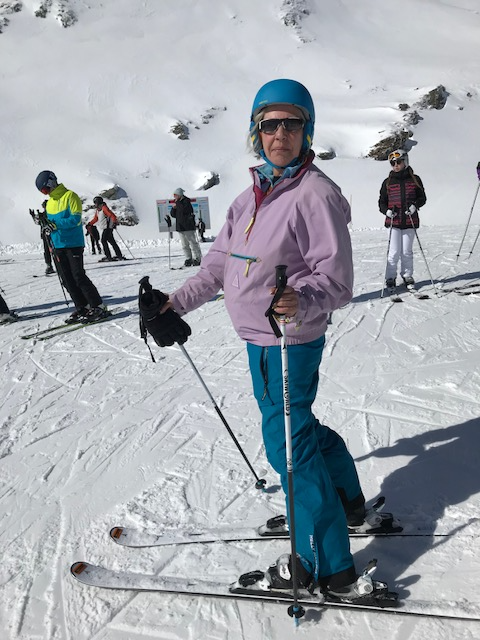
Pia: There has been a slight decrease over the past couple of years. I really want to push for new MDs to join, not just see the established ones attending our meeting. The MDs have a unique possibility to collaborate with MR physicists, trainees, PhD students, and postdocs, and it is a beautiful opportunity for collaboration and networking.
MRMH: Du är svensk så undrar vi naturligtvis om du tycker att alla ISMRM-medlemmar ska fika mer? [You are Swedish, so we naturally wonder if you think that all ISMRM members should have more coffee?]
Pia: Ya! It’s a tradition, very classic. At 9:30AM – try to call any department – everybody is on coffee break. Try to call somebody around three o’clock. Everybody’s on coffee break! In my early days, before I started with research, we had a coffee break with the professor twice a day. I had coffee breaks with my senior colleagues. That’s how I got to know them and they got to know me as a person. That kind of environment where you actually talk about different things is very beneficial.
MRMH: So should we go for a fika?
Pia: Yes! I think it’s time for it.




